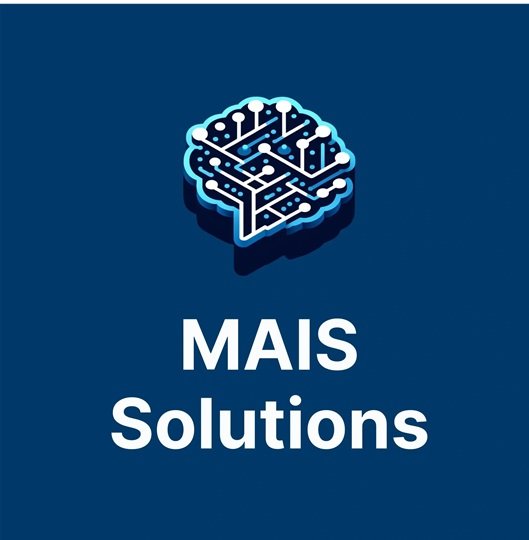Your cart is currently empty!
Using AI Libraries to Enhance Your Projects
Back to: Coding With AI
Using AI Libraries to Enhance Your Projects
Welcome to the lesson where we explore how AI libraries can take your coding projects to the next level. AI libraries provide pre-built tools and frameworks that simplify complex tasks like data processing, machine learning, and natural language processing. By leveraging these libraries, you can add advanced capabilities to your projects without having to build everything from scratch.
Objective
By the end of this lesson, you will:
- Understand the purpose and benefits of using AI libraries.
- Learn about key Python libraries such as NumPy, pandas, matplotlib, scikit-learn, and TensorFlow.
- Explore hands-on coding examples to integrate these libraries into your projects.
Why Use AI Libraries?
AI libraries are collections of pre-written code designed to perform specific tasks in AI and machine learning. These libraries save time and effort by providing efficient implementations of algorithms, data structures, and utilities.
Benefits of Using AI Libraries:
- Efficiency: Speeds up development by automating repetitive tasks.
- Accuracy: Provides robust and optimized implementations of complex algorithms.
- Scalability: Supports handling large datasets and models.
- Community Support: Backed by active communities offering resources and support.
Common AI Libraries:
- NumPy: Handles numerical data and operations efficiently.
- pandas: Provides tools for data manipulation and analysis.
- matplotlib: Helps create visualizations for data insights.
- scikit-learn: A library for machine learning algorithms and preprocessing.
- TensorFlow: Enables the creation and training of deep learning models.
Hands-On Coding with AI Libraries
Let’s explore how these libraries can be used in practical scenarios.
1. Data Manipulation with pandas
import pandas as pd
# Create a dataset
data = {
"Name": ["Alice", "Bob", "Charlie"],
"Age": [25, 30, 35],
"Score": [85, 90, 95]
}
# Convert to a DataFrame
df = pd.DataFrame(data)
print("Dataset:")
print(df)
# Calculate the average score
average_score = df["Score"].mean()
print("Average Score:", average_score)Activity: Modify the dataset to add more rows and calculate the maximum and minimum scores.
2. Data Visualization with matplotlib
import matplotlib.pyplot as plt
# Data for visualization
names = ["Alice", "Bob", "Charlie"]
scores = [85, 90, 95]
# Create a bar chart
plt.bar(names, scores, color='blue')
plt.title("Scores by Person")
plt.xlabel("Name")
plt.ylabel("Score")
plt.show()Activity: Change the chart type to a line graph or pie chart. Experiment with different colors and labels.
3. Machine Learning with scikit-learn
from sklearn.linear_model import LinearRegression
import numpy as np
# Example data
hours_studied = np.array([1, 2, 3, 4, 5]).reshape(-1, 1)
scores = np.array([50, 60, 70, 80, 90])
# Create and train the model
model = LinearRegression()
model.fit(hours_studied, scores)
# Make predictions
new_hours = np.array([6, 7]).reshape(-1, 1)
predictions = model.predict(new_hours)
print("Predicted Scores:", predictions)Activity: Add more data points to the training set and observe how predictions change.
4. Deep Learning with TensorFlow
import tensorflow as tf
# Define a simple model
model = tf.keras.Sequential([
tf.keras.layers.Dense(10, activation='relu'),
tf.keras.layers.Dense(1)
])
# Compile the model
model.compile(optimizer='adam', loss='mean_squared_error')
# Example data
x = np.array([1, 2, 3, 4, 5], dtype=float)
y = np.array([1, 2, 3, 4, 5], dtype=float)
# Train the model
model.fit(x, y, epochs=10)
# Make predictions
predictions = model.predict([6, 7])
print("Predictions:", predictions)Activity: Modify the model to include more layers or change the activation functions. Experiment with different optimizers and loss functions.
Copyright 2024 MAIS Solutions, LLC All Rights Reserved
